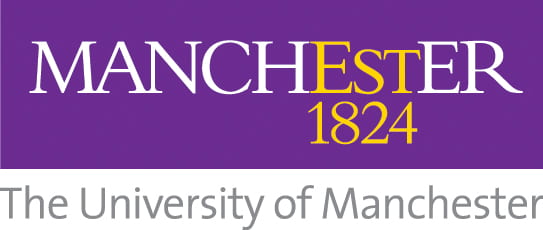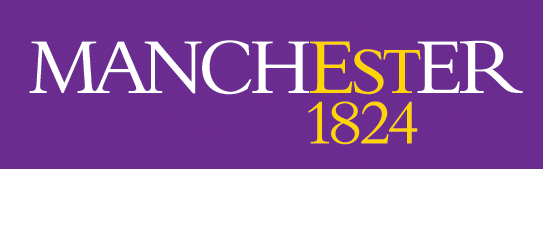
Welcome to this series of open access courses on public health and Sustainable Development Goals (SDGs)(opens in a new tab), developed by the University of Manchester. These courses aim to give you an introduction to the public health issues that are relevant to the SDGs and the role of public health in taking action to achieve the goals.
These courses use a mixture of reading, video, and interactive elements. The courses should take you about 1 hour each to complete.
This overview serves as an introduction to the SDGs and the public health issues that are integral to their achievement.
Once you have completed these courses, you should be able to:
- Recognise the 17 goals that constitute the SDGs
- Explain the history and development of the goals
- Understand the urgent need for action on the goals
- Begin to identify how public health is relevant to the SDGs
How to work through this course.
Getting started
- Each course should take you approximately 1 hour to complete.
- There is no start or end date.
- You can access these courses on a PC, Mac, or mobile device.
- We recommend that you use an up to date browser for the best learning experience.
Course content
- On the left-hand side of the screen, you will see the navigation menu. Use this to navigate from section to section.
- We have included short videos, readings, and reflective questions to help you achieve the desired learning outcomes of the course.
- The course content does not require inputting of any personal or sensitive information.
Activities
- Throughout each course, you will see different types of activities to consolidate your learning.
- Each activity will contain an explanation of how to complete it.

The SDGs
The sustainable development goals, SDGs, were adopted by all United Nations member states in 2015. You can read more about the history of the SDGs here. The goals were set out in the Resolution adopted by the General Assembly on 25 September 2015, Transforming our world: the 2030 Agenda for Sustainable Development. In the introductory text, the signatories set out their vision.
Our vision
7. In these Goals and targets, we are setting out a supremely ambitious and transformational vision. We envisage a world free of poverty, hunger, disease and want, where all life can thrive. We envisage a world free of fear and violence. A world with universal literacy. A world with equitable and universal access to quality education at all levels, to health care and social protection, where physical, mental and social well-being are assured. A world where we reaffirm our commitments regarding the human right to safe drinking water and sanitation and where there is improved hygiene; and where food is sufficient, safe, affordable and nutritious. A world where human habitats are safe, resilient and sustainable and where there is universal access to affordable, reliable and sustainable energy.
8. We envisage a world of universal respect for human rights and human dignity, the rule of law, justice, equality and non-discrimination; of respect for race, ethnicity and cultural diversity; and of equal opportunity permitting the full realization of human potential and contributing to shared prosperity. A world which invests in its children and in which every child grows up free from violence and exploitation. A world in which every woman and girl enjoys full gender equality and all legal, social and economic barriers to their empowerment have been removed. A just, equitable, tolerant, open and socially inclusive world in which the needs of the most vulnerable are met.
9. We envisage a world in which every country enjoys sustained, inclusive and sustainable economic growth and decent work for all. A world in which consumption and production patterns and use of all natural resources – from air to land, from rivers, lakes and aquifers to oceans and seas – are sustainable. One in which democracy, good governance and the rule of law as well as an enabling environment at national and international levels, are essential for sustainable development, including sustained and inclusive economic growth, social development, environmental protection and the eradication of poverty and hunger. One in which development and the application of technology are climate-sensitive, respect biodiversity and are resilient. One in which humanity lives in harmony with nature and in which wildlife and other living species are protected.
Transforming our world: the 2030 Agenda for Sustainable Development
The 2030 Agenda introduced seventeen goals, which together, include a total of 169 targets, which have 232 linked indicators for measuring progress against the targets.
The SDG and public health courses:
The SDGs and Public Health: Overview
SDG 3: Good Health and Well-being
SDG 6: Clean Water and Sanitation
SDG 7: Affordable and Clean Energy
SDG 8: Decent Work and Economic Growth
SDG 9: Industry, Innovation and Infrastructure
SDG 11: Sustainable Cities and Communities
SDG 12: Responsible Production and Consumption
SDG 13: Climate Action and Public Health
SDG 16: Peace, Justice and Strong Institutions
SDG 17: Partnerships For The Goals
Reflection
So, having seen the vision that accompanied the sustainable development goals, and each of the 17 goals:
- Who do you think are the key stakeholders who will be able to make the biggest improvements in the goals?
- Do you think the goals are appropriate to meet the vision, do you think there are any key issues missing from the goals?
To work through each SDG use each of the links above.
